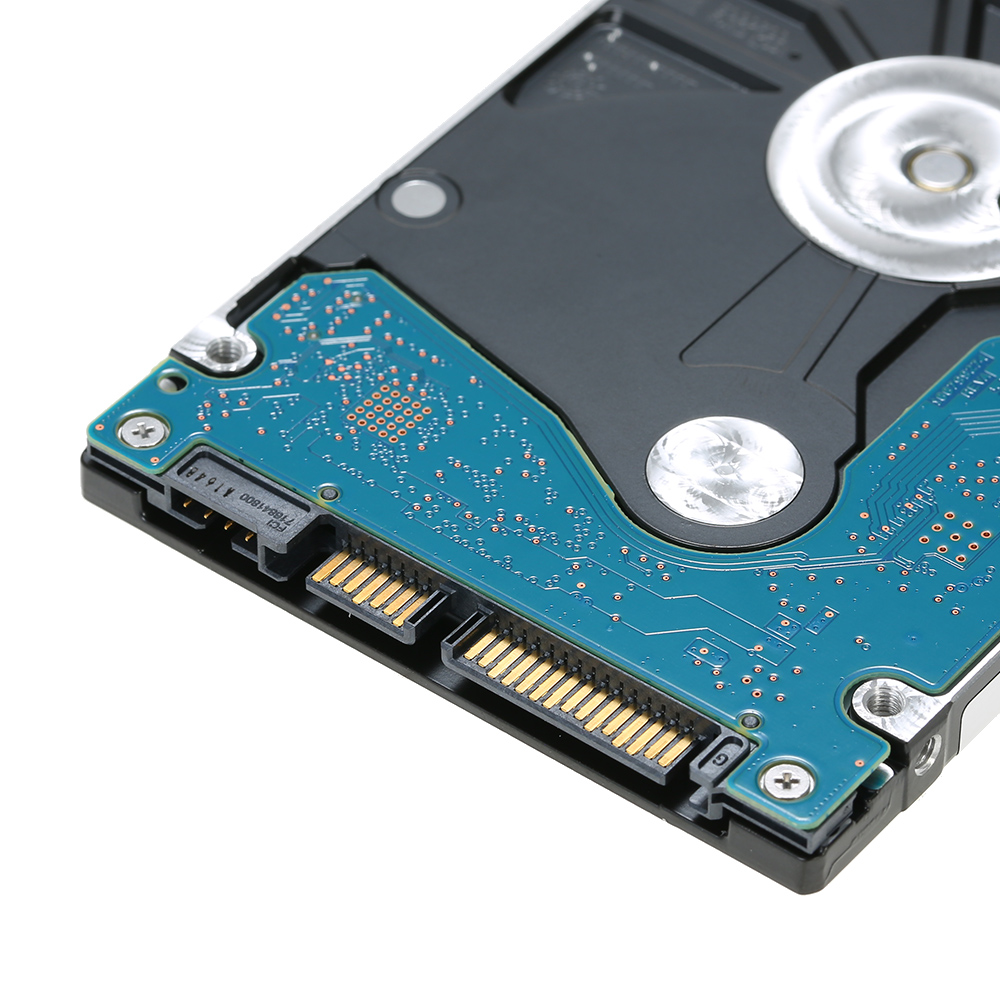Over time, a hard drive may begin to slow down and operate with less efficiency. Defragging has traditionally been used to speed up drives – but how necessary is it today?
Electromechanical hard disk drives store data in chunks, known as sectors, and a single file may be spread over several. If the read/write heads have to access multiple sectors in order to read a file, then read times will be slower. Data being stored on sequential sectors on the disk ensures that the heads move as little as possible, speeding up read times. The more you use a hard disk drive, continuously adding and deleting files, the more difficult it becomes for the drive to store data efficiently.
The idea behind defragmenting – or defragging – is simple; if the data blocks are located close together, they will be able to be accessed quicker, and read times will be improved. But is it necessary to defrag your hard drive? It depends. Data storage technology has evolved over the years, and starting with Windows 7, hard drives are automatically defragged, so it doesn’t need to be done manually. With solid-state drives (SSDs), there are no circumstances where defragging is necessary. SSDs are not electromechanical devices, and data is stored on NAND flash chips; they are able to read blocks of data quickly regardless of whether they are adjacent to one another.
With Macs, it’s a similar situation. The filesystems that Macs use – HFS+ and APFS – prevent fragmentation, and automatically defrags if it is necessary. The HFS+ file system, first introduced in 1998, used a process called Hot File Clustering to defrag files on the fly; in 2003, Hot File Adaptive Clustering made this process more efficient. The APFS file system introduced with the High Sierra operating system in 2017 streamlined this process further.
In short – if you’re using a Windows PC with Windows 7 onwards, you don’t need to worry about defragging your hard drive. If you have a Mac, you don’t need to worry at all. If you have an older PC running an older OS like Windows XP, you can defrag manually by opening My Computer, right clicking on the local drive, clicking Properties, then Tools, and finally Defragment Now.
